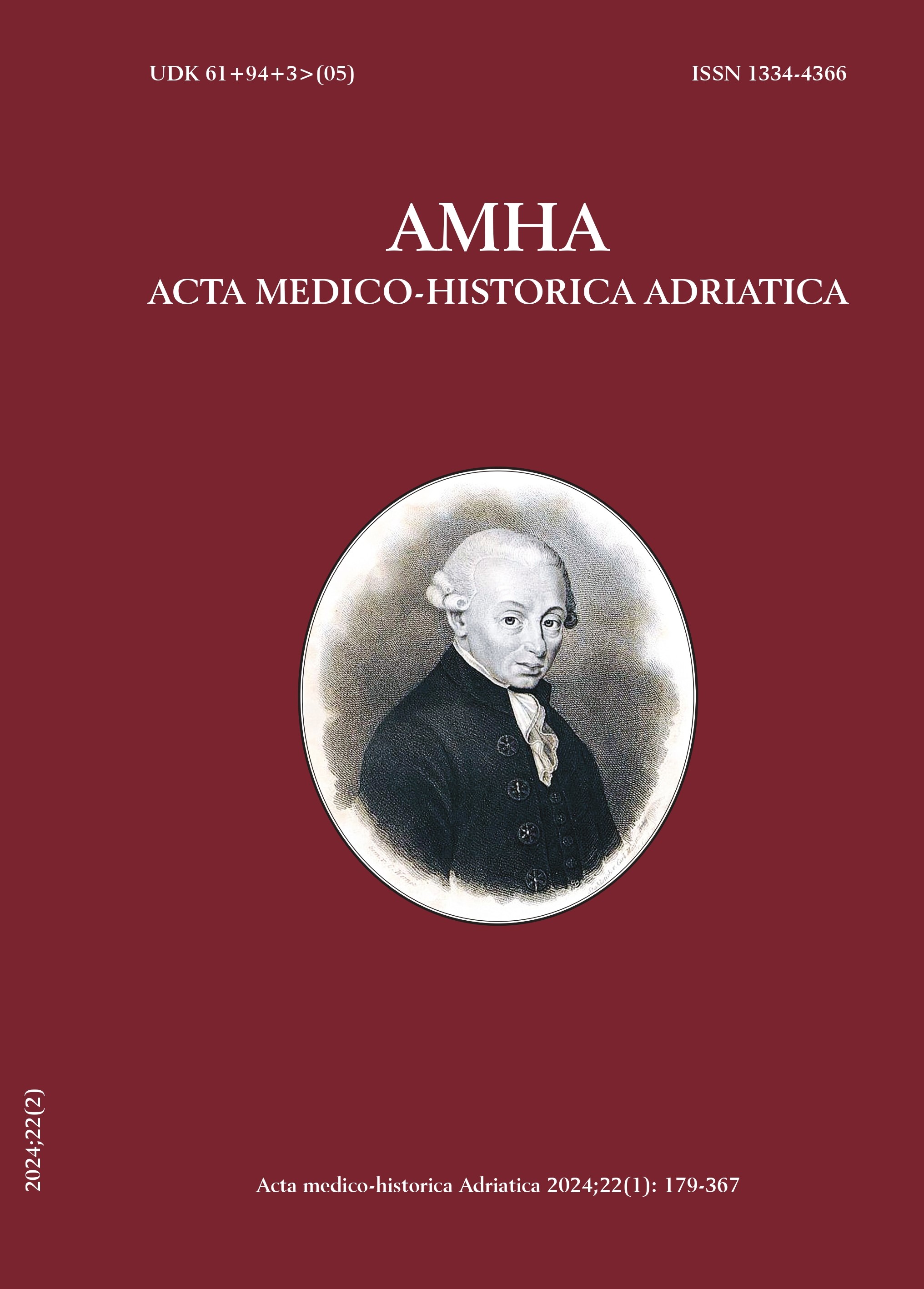HISTORICAL REVIEW OF SURGICAL TECHNIQUES FOR OPERATIVE TREATMENT OF INGUINAL HERNIA
Keywords:
history, inguinal hernia, surgical techniqueAbstract
https://doi.org/10.31952/amha.22.2.5
Hernia is characterized as the protrusion of peritoneum with or without an organ or a portion of an organ through the defect of abdominal wall. It's likely that inguinal hernias have been a problem since the beginning of a human history. Many doctors have had challenges in the past when treating them. Although they are no longer recognized as a fatal illness, they are nevertheless very common in the general population and they can be clinically complicated. There has been advancement in hernia repair throughout history. The biggest advancement was in the late 1800s when Eduardo Bassini published his method of triple sewing fascia and muscle tissues to reinforce the posterior wall of the inguinal canal. The use of prosthetic materials in the repair of the inguinal canal marked the next major development. Irving Lichtenstein is credited with being a pioneer in the use of prolene mesh for tension-free repair. The last reamrkable development was the introduction of laparoscopic techniques in surgery, which are nowadays very commonly used in laparoscopic procedures.


